If you are considering buying a property in Old Heathfield, Sussex, or you suspect your current property has a problem with damp, timber decay, woodworm or condensation control, this shouldn’t be ignored or treated lightly because it won’t just go away, in fact it will get progressively worse and can even develop into the dreaded Dry Rot fungus (Serpula lacrymans). If this should happen, eradication it could cost thousands of pounds, another reason not to delay.
Your lender may have requested a survey of this nature which can seem a daunting prospect, particularly if you are a first time buyer, but you should be assured that this is common practice and should not discourage you from your purchase. You need to be sure that the property is free from any damp and timber defects, as it is likely to be the most significant investment you will make. If the home buyer, or building surveyor detected a problem with damp, timber decay or woodworm it is likely that he has recommended that you instruct a specialist Property Care Association (PCA) like us, because he understands you want to feel safe, knowing the company has a proven history and credentials to match. Tapco HomeDry has been established for over 45 years (1971) and is recognised as one of London and Home Counties most established, reputable and thorough property preservation specialists, in treating problems with Rising Damp, Penetrating Damp, Water Damage, Dry Rot and Woodworm eradication. We are long term members of the Property Care Association (PCA), Trust Mark (Government Endorsed Standards) and an accredited Which? Trusted Trader.
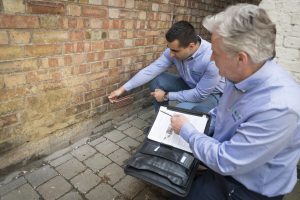
A Tapco HomeDry qualified timber and damp surveyor can carry out a thorough survey of your proposed purchase in London, including an external inspection to check the general condition of the property and any other defects that may cause or contribute to internal damp. You will be issued with a very concise report detailing our findings and recommendations for any remedial works required, including images and floor plan. Any necessary remedial works are carried out by technicians who will consider your needs at all times. They are highly trained and skilled to ensure work is completed to the highest standards. We provide a long term guarantee which can be protected by the very respected Guarantee Protection Insurance (GPI), so don’t take any risks – call us first.
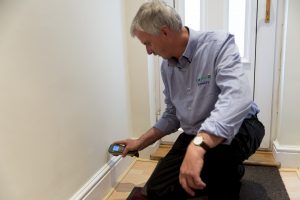
Our services can also include any external repairs that may be needed, such as: repairing leaking roofs and rain water goods, rectifying all building defects to prevent rain water damage and timber decay, rising damp, penetrating damp, converting damp unused basements and cellars into wonderful new rooms, full timber treatment to protect against woodworm, dry rot and wet rot, Condensation and mould control, water damage restoration for all major insurance companies, CCTV surveys and drain repairs, including structural resin lining, cracked wall repairs and strengthening, cavity wall tie replacement and of course Dry Rot eradication and treatment.


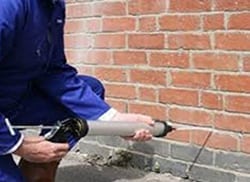 Damp Proofing
Damp Proofing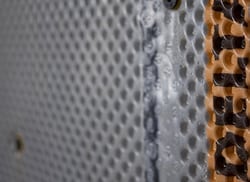 Basement Damp Proofing
Basement Damp Proofing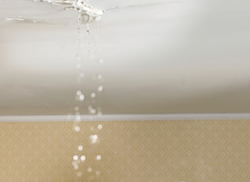 Water Damage
Water Damage Condensation Control
Condensation Control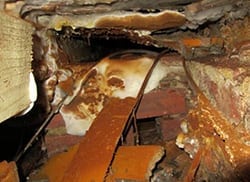 Dry Rot Treatment
Dry Rot Treatment WOODWORM & WET ROT
WOODWORM & WET ROT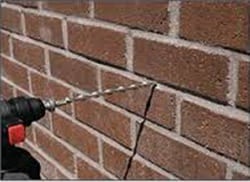 CAVITY Wall Ties
CAVITY Wall Ties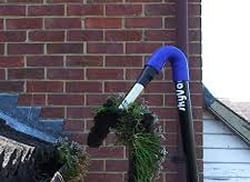 Property Maintenance
Property Maintenance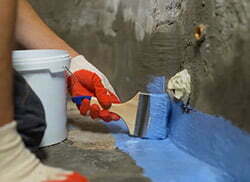 Waterproofing And Tanking
Waterproofing And Tanking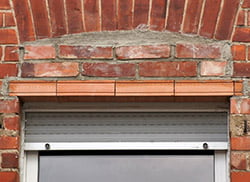 Structural Repairs
Structural Repairs








